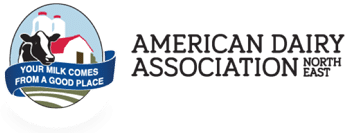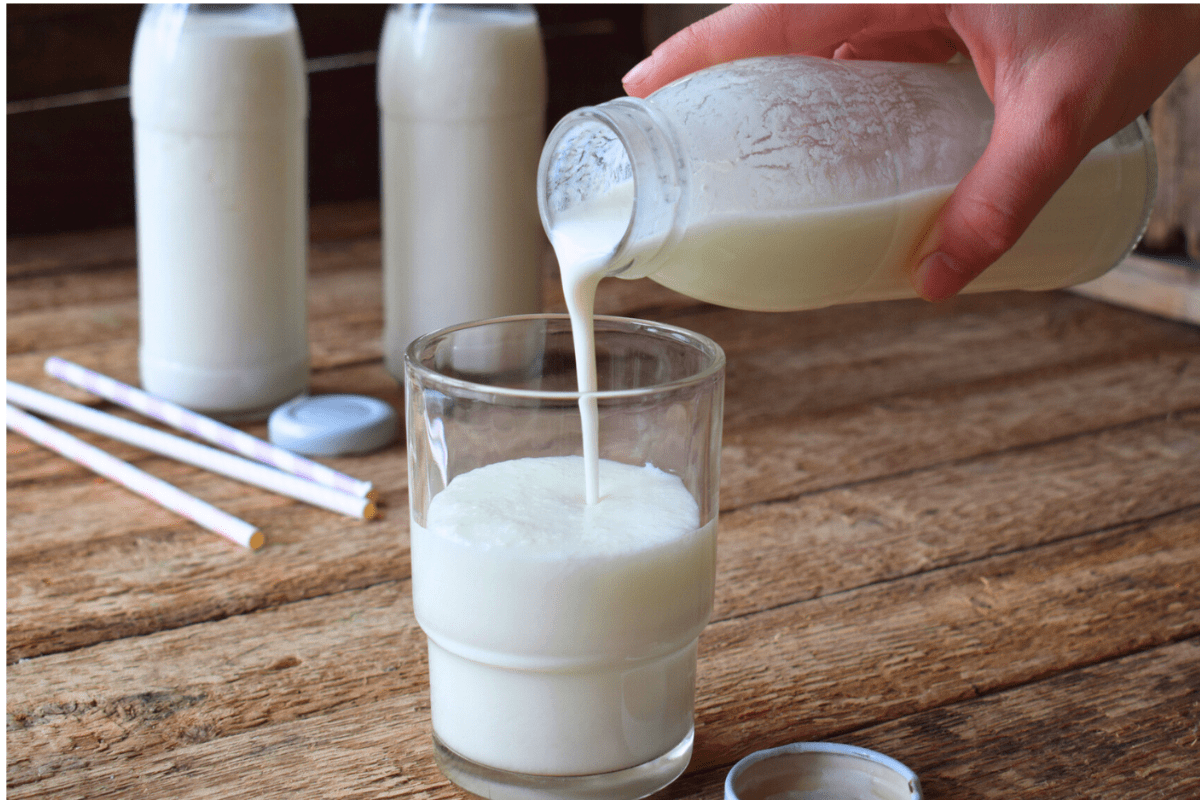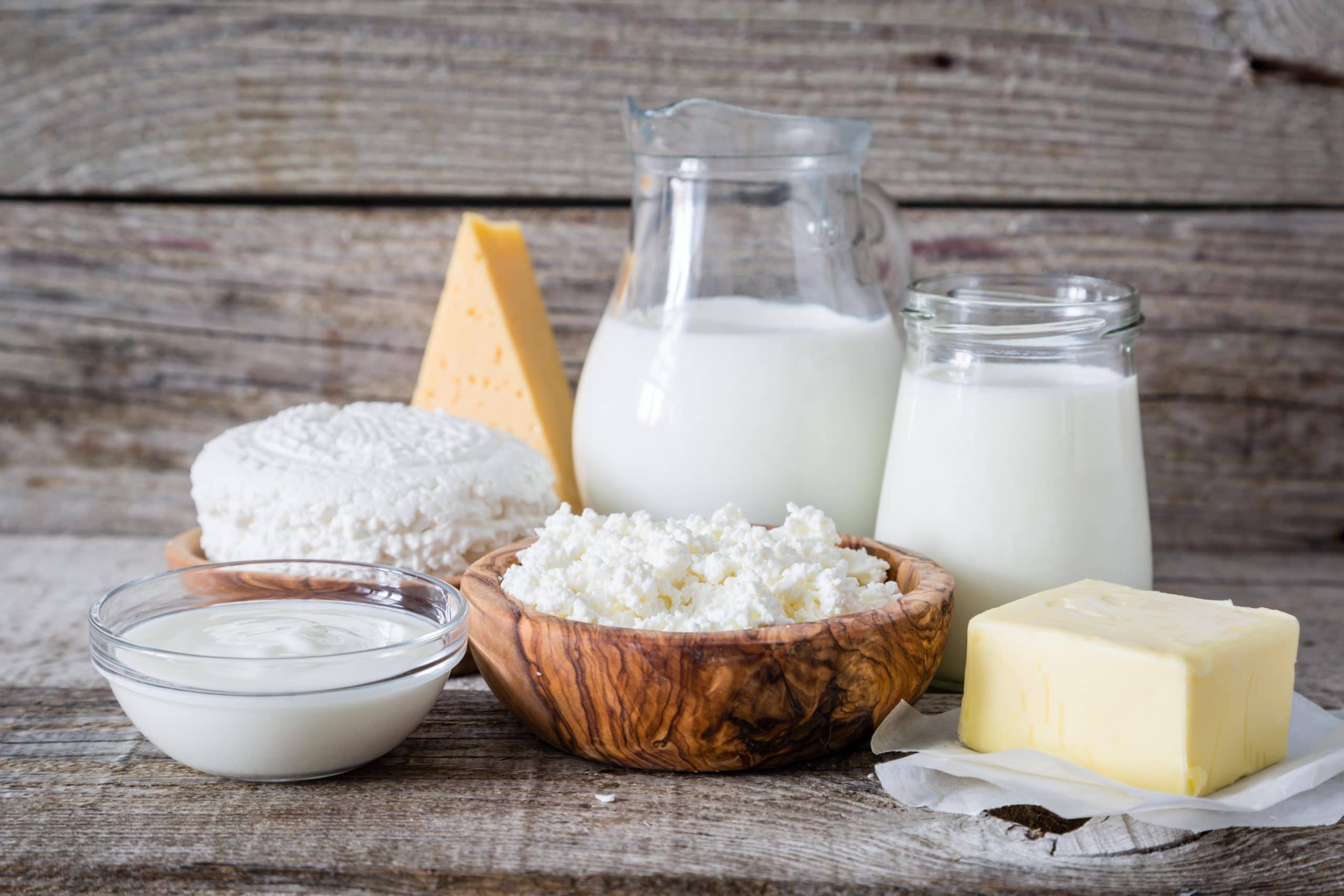You’ve heard that chocolate milk is a great refuel drink post exercise and competition, but you’ve noticed that you get unpleasant digestive symptoms when you drink unflavored milk and flavored milk. You’re thinking, what is going on? It might be lactose intolerance.
Lactose Intolerance Overview
As an athlete with lactose intolerance, you do not have the ability to digest the sugar (known as lactose) found in many dairy products. Having lactose intolerance means you don’t have enough of the enzyme lactase, which is needed to absorb lactose. When you eat dairy, bacteria in the digestive tract react to the lactose, triggering symptoms such as stomach pain and bloating.
In an article published in The Journal of the International Society of Sports* researchers found that chocolate milk that had leucine added, along with lactose removed offered athletes the benefit in immediate post-exercise recovery while maintaining palatability and the nutrient density of milk minus the gastrointestinal discomfort.
Dairy for Athletes
Athletes depend on healthy bones to keep them strong and calcium is critical for bone health. Dairy is crucial to keep in your diet not just as it provides calcium; but milk also contains the right nutrients to help an athlete recover from a hard workout. Milk naturally has electrolytes that help restore fluid balance. Milk may also help prevent further exercise-induced muscle damage and enhance muscle gains in resistance athletes. If you are going the distance in any sport, whether that’s running, cycling or something else, chocolate milk contains an optimal carbohydrate-to-protein ratio that helps refuel the body’s reserves.
Here are other useful tips to help you with lactose intolerance:
- Drink lactose-free milk products. Reduce your risk of having a reaction by replacing “regular” milk with a lactose-free dairy product. Lactose-reduced milk still has all of nutrients found in milk, including protein, calcium, potassium and vitamin D and should not cause any digestive issues.
- Research the lactose content—and the effect of—your favorite dairy foods. Reaction to lactose can differ from person to person. One person may have severe symptoms after drinking a small amount of milk while another person can comfortably drink milk in the presence of food. Some people can easily eat yogurt and hard cheeses such as cheddar and Swiss, while other milk products cause them to have symptoms. Find out where you fall in the spectrum, and try to incorporate dairy in your diet accordingly.
- Don’t confuse lactose intolerance with a milk allergy. A true milk allergy involves the immune system, while lactose intolerance means you don’t have enough of the enzyme lactase to break down the milk. Symptoms of a milk allergy include hives, wheezing, vomiting, runny nose, itchy rash, abdominal cramps, diarrhea and watery eyes. The inability to break down the lactose leads to an upset stomach. These two issues are often confused, and you should consult your doctor if you think you may have a milk allergy or lactose intolerance.
Summary
Lactose free dairy products are a great way to keep dairy in your diet without digestive issues. Look for lactose free products as well as experiment with lower lactose foods to see how you feel.
*da Silva, C. D., de Oliveira, D. R., Perrone, Í. T., Fonseca, C. H., & Garcia, E. S. (2021). Low-fat, lactose-free and leucine-enriched chocolate cow milk prototype: A preliminary study on sensorial acceptability and gastrointestinal complaints following exhaustive exercise. Journal of the International Society of Sports Nutrition, 18(1). https://doi.org/10.1186/s12970-020-00406-0




